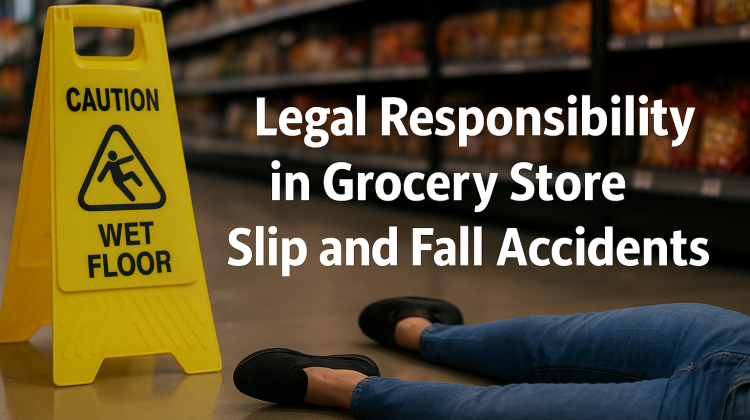Heatwaves have become commonplace in recent years. Just this July, a historic heatwave engulfed the United States resulting in 19 deaths as 85% of the country saw temperatures equal to or higher than 90°F. With above average temperatures expected for August in a majority of the US, don’t expect to see a break in the weather any time soon. Heat related deaths and illnesses are preventable. So how do you practice hot weather safety? Here are some tips to keep you and your loved ones safe this summer.
Know Who is at High Risk For Heat Related Illnesses
In order to practice heat safety, it’s important to know if you or your loved ones fall within the vulnerable populations for heat related illnesses. Infants and children up to 4 years old; people aged 65 and older; those with underlying medical conditions such as diabetes and heart disease; people who are socially isolated; and the poor are those with the highest risk. Participating in strenuous physical activity in hot weather places even young and healthy individuals at risk.
Additionally, environmental factors can put you at risk of heat related illness. Exposure to much hotter weather than you’re accustomed to, like during a heatwave, leaves you much more vulnerable.
If you fall into any of these populations, you must take extra precautions and stay vigilant and stay cool.
Know the Symptoms and Know What to Do
A familiarity with the symptoms of heat related illnesses will allow you to take action and minimize illness and prevent death. Heat exhaustion and heat stroke are the most serious forms of heat related illness that you should be most aware of.
Heat Exhaustion Symptoms
- Heavy sweating
- Cold, pale, and clammy skin
- Nausea or vomiting
- Muscle cramps
- Tiredness or weakness
- Dizziness
- Headache
- Fainting
What to Do:
- Move to a cool place
- Loosen your clothes
- Put cool wet cloths on your body or take a cool bath
- Sip water
Seek medical attention immediately if:
- You are vomiting
- Symptoms worsen
- Symptoms last for over 1 hour
Heat Stroke Symptoms
- Body temperature of 103°F or higher
- Hot, red, dry, or damp skin
- Fast, strong pulse
- Headache
- Dizziness
- Nausea
- Confusion
- Fainting
- Seizures
What to Do:
- Call 911. Heat stroke is a medical emergency
- Move the person to a cooler place
- Lower the person’s temperature with a cool bath or place wet towels on the neck, armpits, and groin.
- Do not give the person anything to drink unless they are awake and alert enough to drink water.
Know How to Prevent Heat-Related Illness
The best way to avoid heat-related illness is to take preventive measures. Here’s what you can do to stay safe in hot weather.
Keep up With Your Hydration
Your body loses hydration much quicker in hot weather, regardless of physical activity. Don’t wait until you’re thirsty. Drink lots of fluids throughout the day. Room temperature water is ideal as very cold drinks may lead to stomach cramps.
Avoid sugary or alcoholic drinks as these can cause you to lose more body fluid.
A sports drink can help you replace salt and minerals lost when sweating.
Stay Cool
Know how to stay cool in the heat. Don’t rely on sweat to regulate your temperature, weather conditions such as high humidity can prevent your body from releasing heat as fast as it may need to. Instead, use these tips.
Wear the Right Clothes
One of the easiest ways to stay cool is to wear the right clothing. Choose clothing that’s lightweight, loose, breathable, and light colored. If you plan on being in the sun for an extended period, plan on wearing a hat and sunglasses. Just make sure you’re wearing the right sunglasses to protect yourself from UV damage.
Plan Outdoor Activities Around the Weather
Stick to morning and evening hours for outdoor activities when the weather is coolest. Pace your workouts during heat. Start slow and give yourself plenty of time to cool down with lots of breaks. If you do plan on heavy activities, check out this guide on staying safe outdoors this summer.
Protect Yourself from the Sun
When going outdoors, use sunblock with at least SPF 15, though SPF 30 or higher is recommended if you plan on spending a lot of time outdoors. Follow the directions on the packaging and reapply regularly.
Stay Inside
Air conditioned places are your friend. You should stay in an air conditioned place as much as you can. If you don’t have AC at home, find a coffee shop, mall, or library that does. Just a few hours in AC is beneficial by allowing your body to stay cool when you go back out into the heat.
Stay Up to Date
Checking your local news station for weather alerts or using your phone’s weather app is a great way to stay connected and plan ahead.
The Weather Channel’s mobile app allows you to set up notifications for extreme weather so you can stay informed on dangerous hot weather in your area.
For a more general picture of the US, The New York Times has a heat wave map tracker that displays at-risk areas and a forecast of the next six days.
Check-In on Those at High Risk
Perform frequent check-ins on your loved ones who are at higher risk. Or, if you are older, have a family member check in on you at least twice a day.
In the workplace, you can stay safe from the summer heat by using the buddy system to monitor each other’s condition. Make sure they know common symptoms of heat illnesses and how to treat them as well!





No Comment